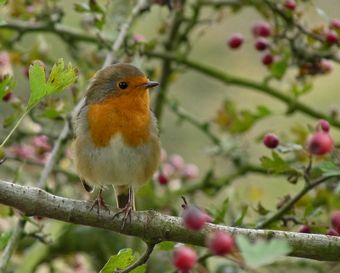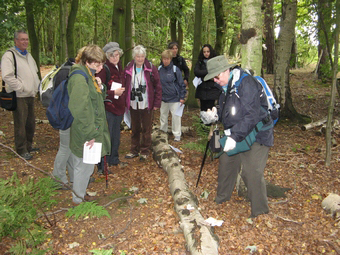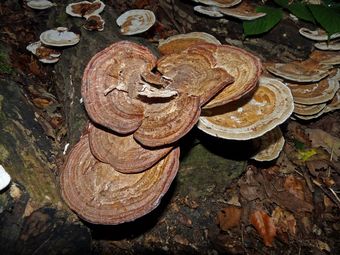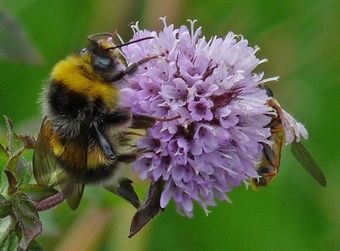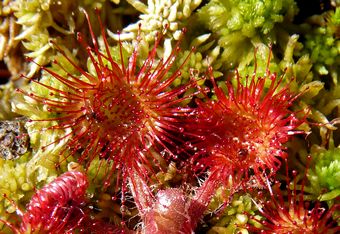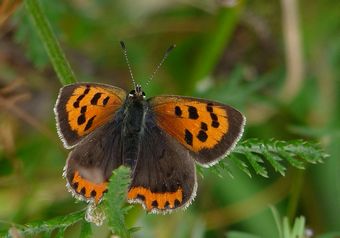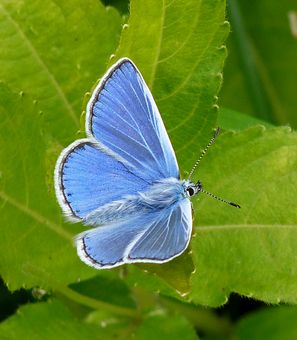WFV Hardcastle Crags 27.10.09
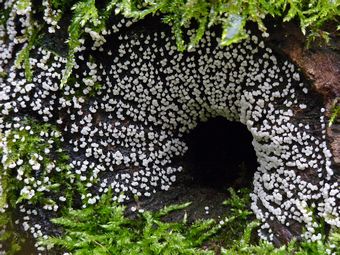 Spot Fungus?Pennine mist greeted the 15 members of our group today when we arrived at Hardcastle Crags to enjoy a mild autumnal fungi foray in millstone grit country. The mist evaporated as the day progressed and we had fine cloudy weather for our visit. The identification of the variety of fungi and ferns distracted us to the extent that it took two hours to meander the 1.5 miles to Gibson Mill, the National Trust's flagship sustainable property, where we enjoyed our lunch and a look round the mill. An almost equally slow return to the minibus completed our day during which we recorded 35 species of fungi, 11 ferns and not a great number of birds. Number 1 in the fungi hit parade was Grisette (Amarita vaginata) which was followed in second place for most of the day by Jelly Babies (Leotica lubrica) but this species was relegated to number 3 late in the day by White Saddle (Helvella crispa) - a first sighting for Joan, in itself a remarkable occurrance! The diversity of habitat - oak/beech/pine - was matched by the diversity in the knowledge of the members of our group as the experts discussed the finer points of identification whilst the novices tried to get to grips with the difference between the various species of fern. It wasn't a good day for the birders, but we did manage to record nuthatch, goldcrest, dipper and redwing in our total during another enjoyable day which was very ably led by Joan, Veronica and Eric.
Spot Fungus?Pennine mist greeted the 15 members of our group today when we arrived at Hardcastle Crags to enjoy a mild autumnal fungi foray in millstone grit country. The mist evaporated as the day progressed and we had fine cloudy weather for our visit. The identification of the variety of fungi and ferns distracted us to the extent that it took two hours to meander the 1.5 miles to Gibson Mill, the National Trust's flagship sustainable property, where we enjoyed our lunch and a look round the mill. An almost equally slow return to the minibus completed our day during which we recorded 35 species of fungi, 11 ferns and not a great number of birds. Number 1 in the fungi hit parade was Grisette (Amarita vaginata) which was followed in second place for most of the day by Jelly Babies (Leotica lubrica) but this species was relegated to number 3 late in the day by White Saddle (Helvella crispa) - a first sighting for Joan, in itself a remarkable occurrance! The diversity of habitat - oak/beech/pine - was matched by the diversity in the knowledge of the members of our group as the experts discussed the finer points of identification whilst the novices tried to get to grips with the difference between the various species of fern. It wasn't a good day for the birders, but we did manage to record nuthatch, goldcrest, dipper and redwing in our total during another enjoyable day which was very ably led by Joan, Veronica and Eric.
Stuart

